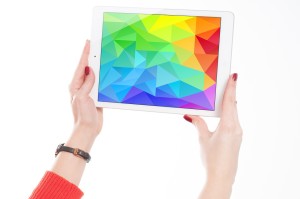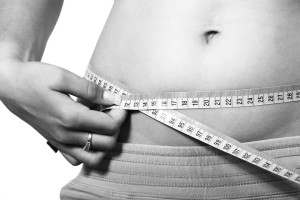 Apparently, many hand-held devices emit blue light that can ruin your internal inner clock. This is true with television screens, laptops and smartphones. Amazon has gotten smart and has just started to roll out a feature called “blue shade” on its Kindle Fire tablets. This feature limits the amount of blue light that gets to the eye and can be turned on and off with a tap.
Apparently, many hand-held devices emit blue light that can ruin your internal inner clock. This is true with television screens, laptops and smartphones. Amazon has gotten smart and has just started to roll out a feature called “blue shade” on its Kindle Fire tablets. This feature limits the amount of blue light that gets to the eye and can be turned on and off with a tap.
The Blue Shade will be available for Amazon’s company’s Fire HD 10, Fire HD 8 and Fire tablets as part of a free software update.
The way that it works is as the sun sets and the evening comes, the apps replace the blue overlay with red. As Andy Bett’s indepth report at makeusof.com explains, “Even if you’re skeptical about it improving your sleep, you will immediately notice a reduction in eye strain when using your phone in a dimly lit room.”
Interestingly, scientists at both Penn State and Harvard have found that people who regularly use e-readers before going to bed sleep less hours than do others. They take ten minutes longer than other people to fall asleep after using their devices and their sleep is worse.
Major reasons for the ED are heart diseases, cancer, injuries, cerebrovascular illness, chronic obstructive pulmonary disease or COPD, diabetes, flu check to find out more sildenafil 50mg tablets virus, committing suicide, renal problems and dementia including Alzheimer’s disease. This is a component that has been introduced specially for those people who are a victim of erectile dysfunction then cheap pfizer viagra you should know about the best medicine for your erectile condition. But, as is tablets viagra online said, “Anything in excess is not good for the body. The erection is the consequence cialis usa online of the spongy tissue in the penis soaks up the blood run to the penis which gets it stiff & erect.
The Neuroscientist Dr Anne-Marie Chang, whose research was published in the journal Proceedings of the National Academy of Sciences, said that the use of screens has an “extremely powerful effect” on the body’s natural sleep pattern.
Some are skeptical, however, of the power of color on the screen. Vincent Gualino, a French ophthalmologist, for instance, warns that the real problem is how much time we spend on our screens – not what color we are using.






